Metal detecting is a hobby of mine, and although I am yet to find gold, I have found some very interesting bits of local history.
We know that Oliver Cromwell led his troops from Biddulph, through Leek, past Werrington and off to Stafford, where the infamous Battle of Hopton Heath, near Stafford, occurred on Sunday the 19th of March 1643.
However, there has never been any proof of a skirmish in Werrington, other than local folklore, until now. Does this discovery prove though, once and for all, that Oliver Cromwell led a Civil War battle in the fields of Werrington?
Let's explore the evidence for this claim and what it could mean for our understanding of the civil war.
I have to admit, half of the fun of metal detecting is the research after the find. And boy did I end up in a research hole with this one!
I have a fantastic book by a local historian Elizabeth W Bass, called Werrington, Yesterday's Voices. It is a fantastic book and has recorded memories of the local area from people born in the 1800s, so the memories stretch right back.
One of these memories has stuck with me when I found the cannonball and what appears to be a blunderbuss ball, I recalled a section in the book from a lady called Mary Jane, who was born in 1886. The memory is entitled 'Armshead' and reads;
Well, that makes sense, doesn't it? I love trying to figure out where place names come from and this one had me quite excited.
Armshead isn't a recent name, there is a record of Little and Great Armshead in the boundaries of the manor of Bucknall in 1803.
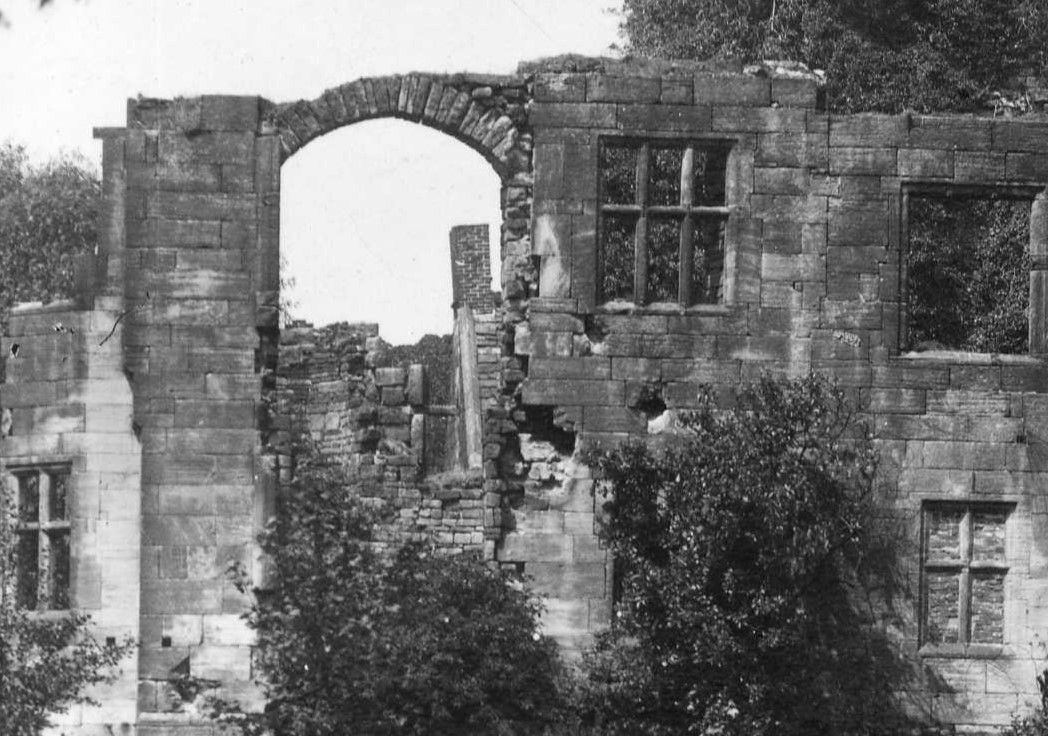
We know that Cromwell's troops were at Biddulph Old Hall because there is a record of the hall being destroyed in the English Civil war by him and his Roundhead Army. Lord Brereton, from Cheshire, was hiding there with the Biddulph family when the Roundheads bombarded the hall with cannon fire, including the canon 'Roaring Meg'. The damage from the cannons can still be seen.
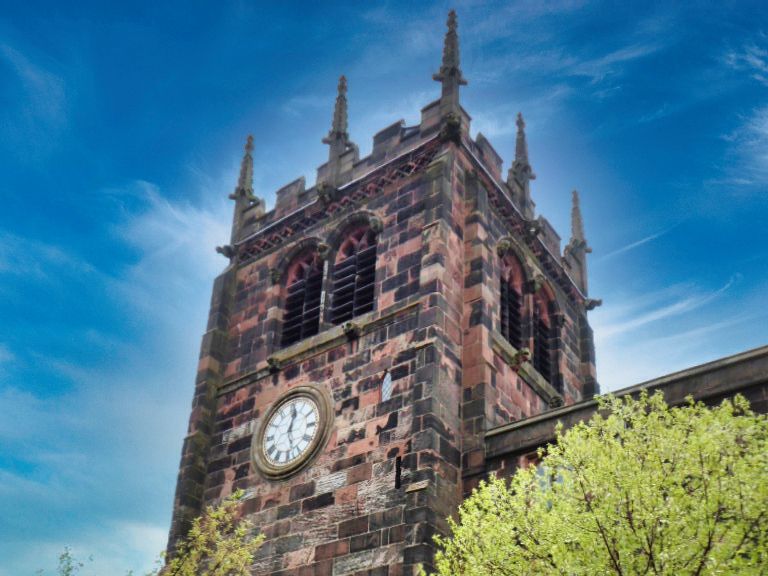
Now, this next part has no basis in fact, but it is a local legend that Cromwell fired his cannon, Roaring Meg, from Gun Hill and hit the tower, which is why the clock is offset and how Gun Hill got its name. (There are other reasons for the name though, which make more sense).
Now that is about 3 miles away, as the crow flies. Which seems too far doesn't it?
Or does it? There is another famous cannon called Mons Meg, which sits atop Edinburgh castle. Mons Meg was part of a pair given to James 2nd in 1457 and she could fire a 150kg (330lb) gun stone up to 2 miles!
Realistically though, the range for Roaring Meg seems to be about half a mile for an effective shot. So either the tower was hit with Roaring Meg at a closer range, or the gun fired from Gun Hill was a much longer-range cannon. This is all speculation remember, we have no facts about this!
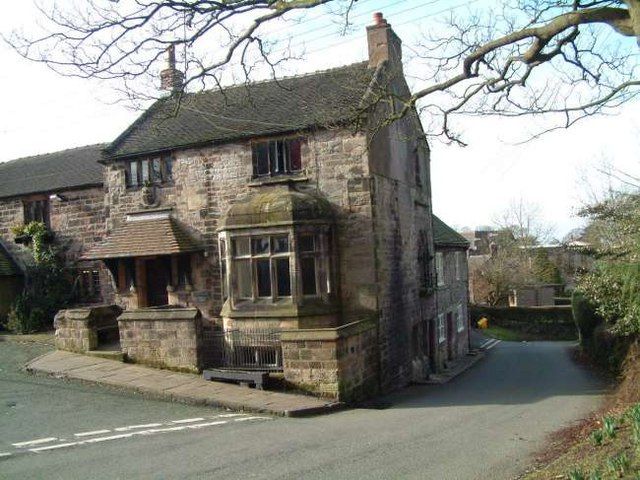
From Leek, it seems that Cromwell's Army moved on to Bagnall. Here they commandeered a small house that still stands today, to use as an armoury.
St Chad's House, previously known as The Clergy House, is attached to a pub that we all know as The Stafford Arms. It was originally, however, known as The King's Head and the pub and the cottages attached to it date back to the 16th century. The date 1603 is carved into a beam of the original building.
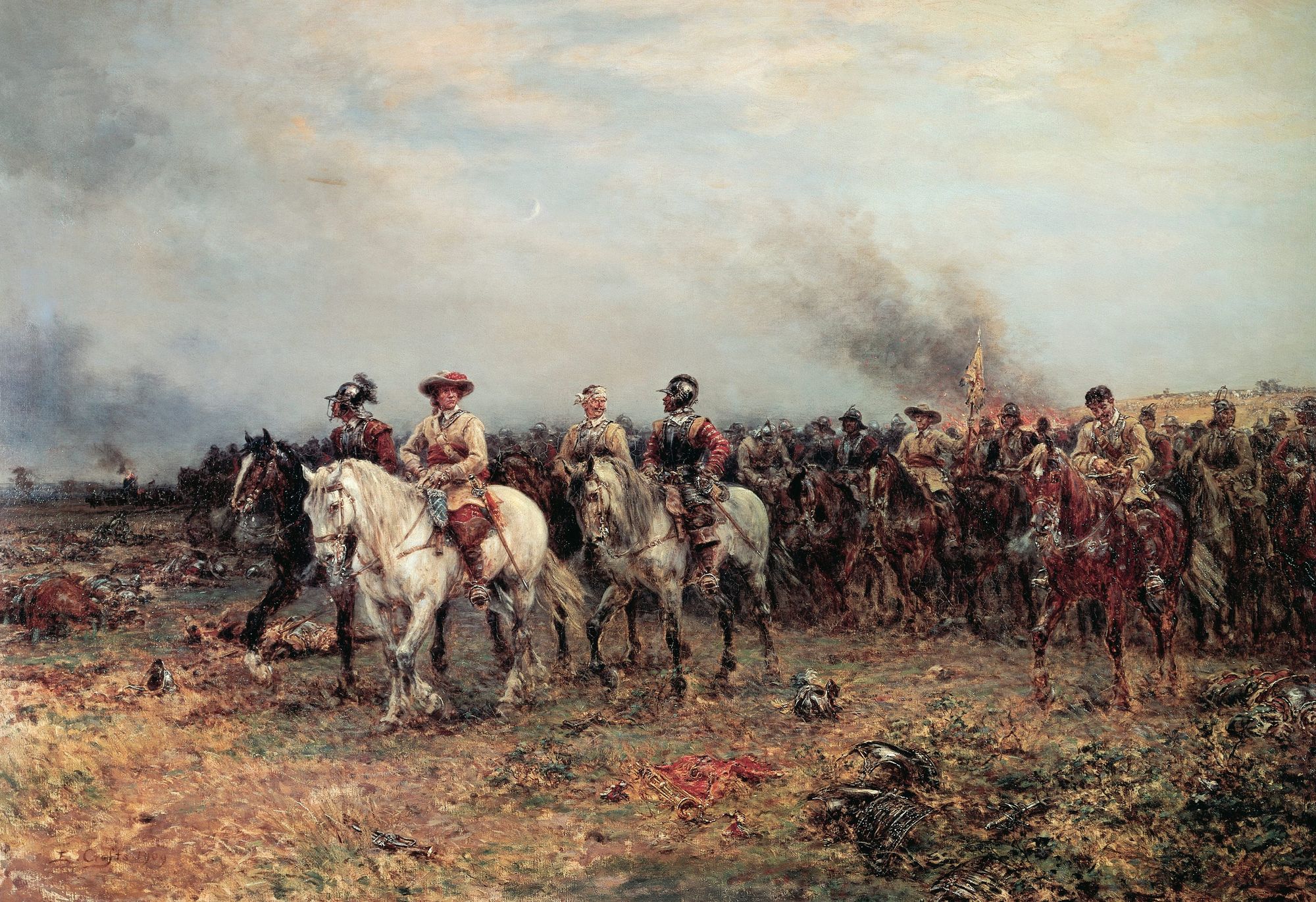
Cromwell's troops were lodging in the village and they used this cottage as an armoury. The cottage has been expanded since then, so it would have been much smaller.
There are marks on the fireplaces showing where the troops sharpened swords and arrows. Also above the fireplace is an inscription that reads 'Feare Godde, Honoure ye King'.
The records show that the troops left Bagnall to fight a battle about 3 miles away. Now the only record we have of a battle is Hopton Heath, but that is nearly 18 miles away. Nearly 3 miles away is Werrington. So it seems that they left Bagnall and went to Werrington, where a battle ensued, although there is no record of it. The army was probably making its way to Hopton Heath, near Stafford.
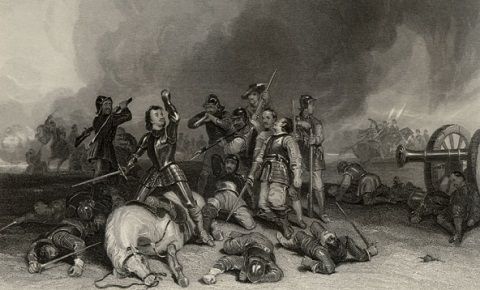
So there is everything I know and everything I could find out. It doesn't answer it definitively but it seems that Cromwell's army was definitely on the right track to pass through Werrington and the items I found seem to be of the right age and in the right place. There is no record of any other battles being fought there or any reason for a cannon to be near Werrington at all.
So it seems that there was a battle of Werrington, although we have no record of it. Maybe the records have been lost, or are still hidden. Was there a battle of Werrington on Armshead Road? What do you think?
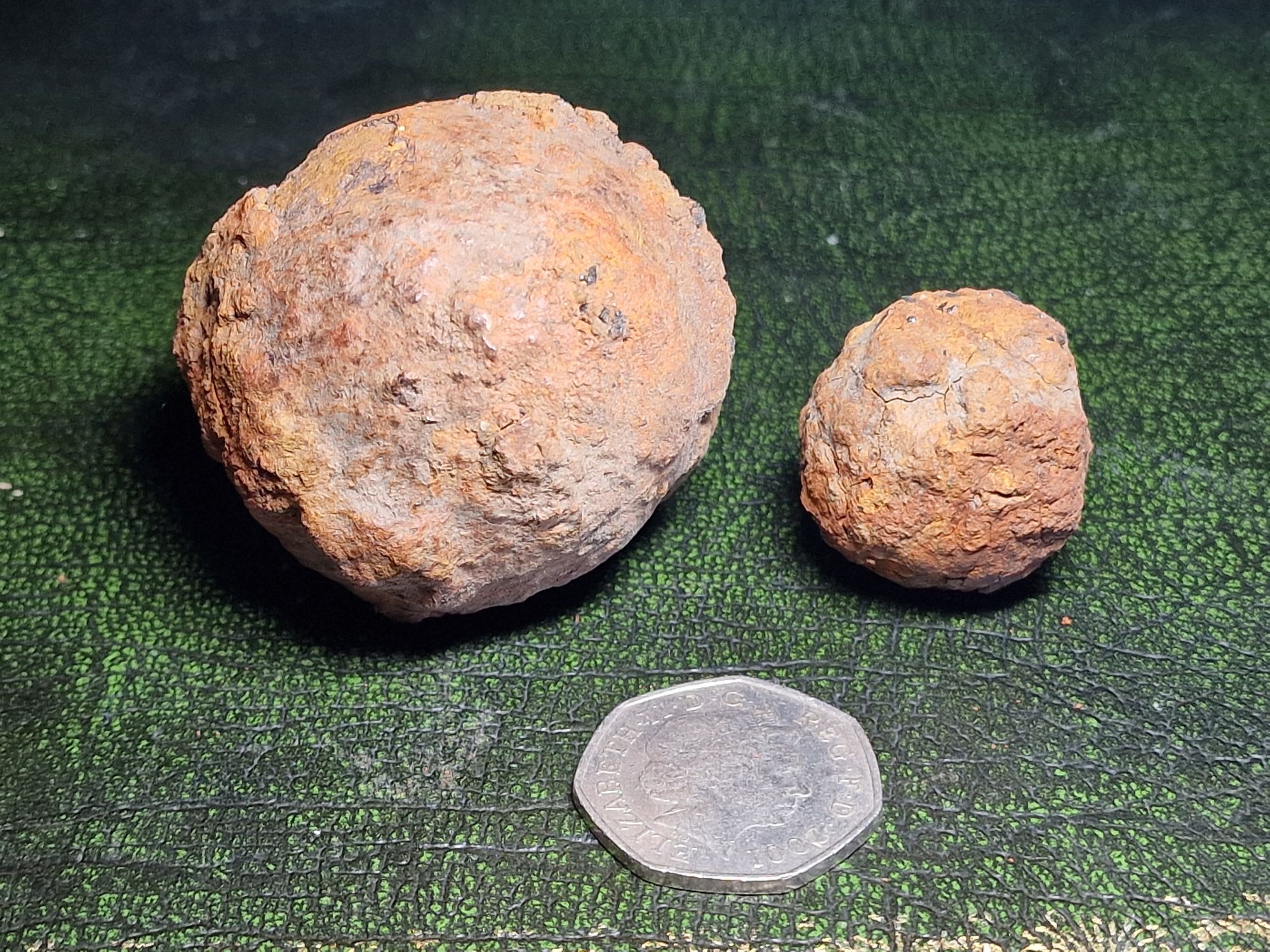
If you have any memories of stories, any tidbits passed down through the family, any old records or anything that could shed more light on this fascinating discovery, please do let me know. My email is trhstokie@gmail.com or you can contact me through the contact page on this site, or on any of my social media channels.
I really would love to know your thoughts on this subject so please leave a comment and let me know!
If you like what you have read, please feel free to support me by following and signing up for my newsletter and/or buying me a coffee!
Thank you.

If you are interested in the history of Werrington and the Staffordshire Moorlands then check out these books on Amazon.






